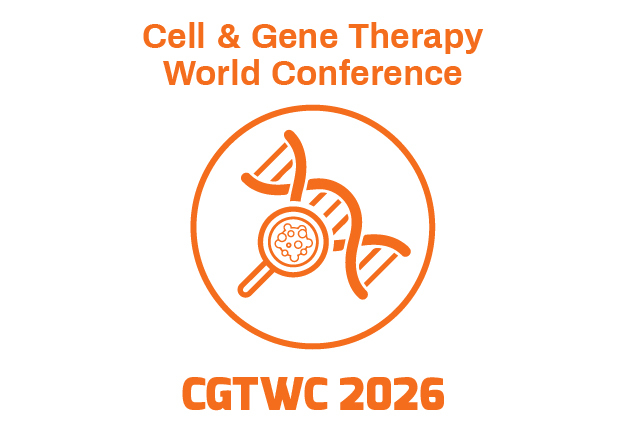Speakers - 2025
Hongyun Tai
- Designation: CEO and co-founder Branca Bunus Ltd
- Country: Ireland
- Title: Biodegradable Hyperbranched Poly (Β Amino Ester) Transfection Platform Improves Viral Vector Yield and Efficiency
Abstract
Conventional viral vector production methods have long relied on cationic liposomes or polyethyleneimine (PEI) as transfection agents. However, these approaches suffer from inherent drawbacks, including suboptimal transfection efficiency, high cytotoxicity, and challenging scalability. This study presents a novel non-viral gene delivery platform based on hyperbranched poly(β-amino ester) (HPAE). The HPAE exhibits diversified structures, enriched functional end-groups, and enhanced transfection efficiency compared to linear poly(β-amino ester), thereby offering a promising alternative to conventional transfection methods.
HPAE-based transfection reagents demonstrate several key advantages over conventional PEI or liposome-based systems. They can efficiently transfect large plasmids (>12 kb) with high potency while maintaining minimal cytotoxicity. For example, a ~15 kb plasmid encoding a therapeutic gene was delivered with robust expression, and transfected cells retained >90% viability. Importantly, HPAE polymers achieve high transfection efficiency across a wide range of mammalian cell types, including mesenchymal stem cells and neural cells that are typically difficult to transfect with PEI. The polymer’s full degradability ensures no persistent residual material, allowing cells to recover rapidly after transfection. The HPAE–DNA complexes remain stable for at least 3 hours at room temperature, enabling flexible handling and straightforward scale-up. This stability facilitates complex multi-plasmid transfection protocols (such as the three-plasmid system for adeno-associated virus (AAV) production) without compromising efficiency. Furthermore, the platform is highly cost-effective, requiring less than 25% of the reagent amount used in typical PEI protocols. Despite using only one-quarter the polymer dose, it achieves equal or greater gene expression and viral yields. The polymer also provides a consistent molecular weight distribution and transfection efficacy suitable for Good Manufacturing Practice (GMP)-compliant viral vector production.
In head-to-head comparisons, the HPAE platform delivered significantly higher titres of AAV and lentivirus (LV) with superior batch-to-batch consistency relative to leading commercial transfection reagents: in AAV production tests HPAE generated approximately 50% higher infectious titres than PEI, and lentiviral vector yields were approximately 2.5-4 folds. Beyond viral vectors, the HPAE system also enables efficient delivery of other nucleic acids and ribonucleoproteins, including mRNA, siRNA, and CRISPR-Cas9 RNP complexes. This broad versatility positions HPAE-based delivery technology as a comprehensive solution with significant potential to advance gene and cell therapy research and development.


